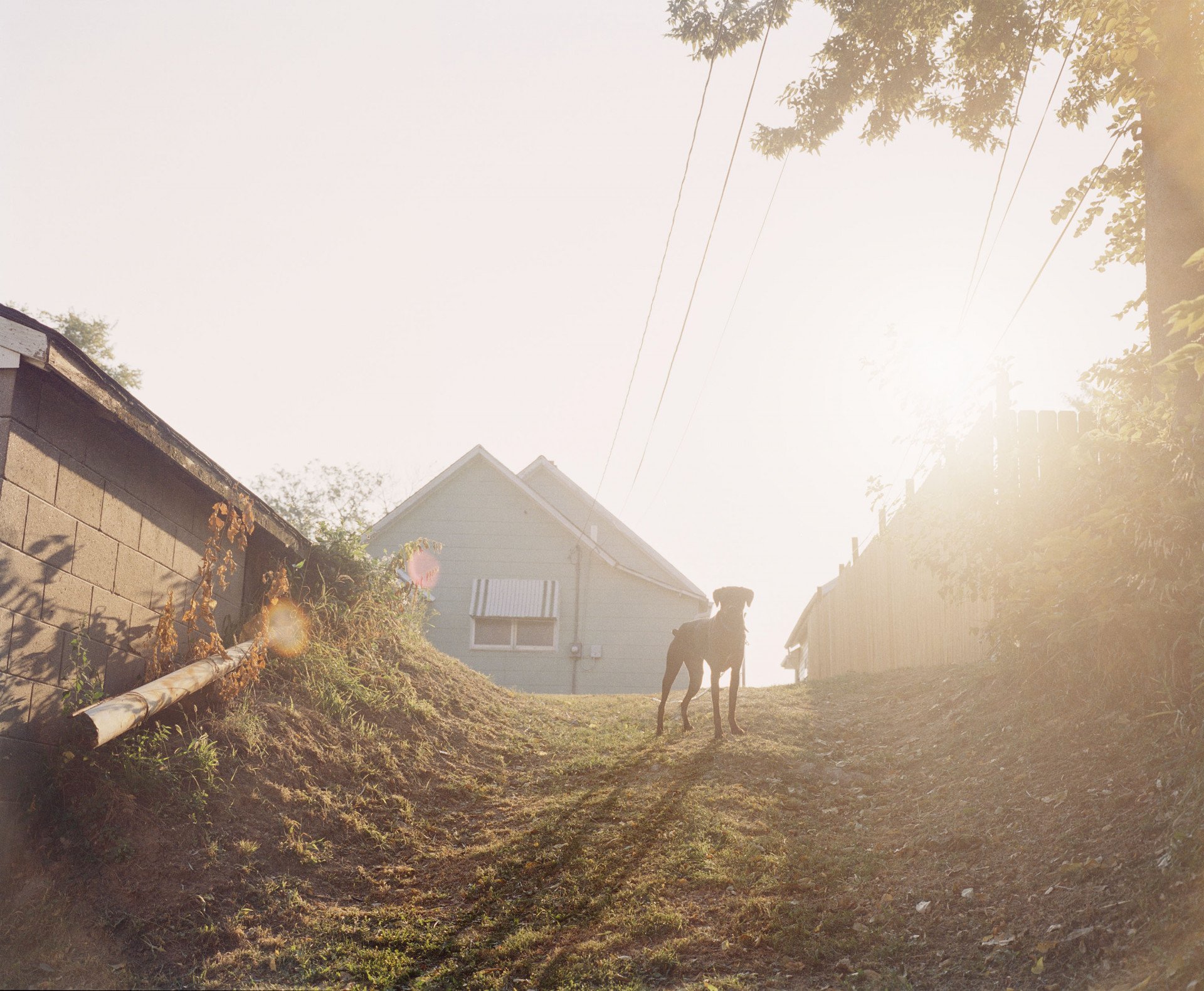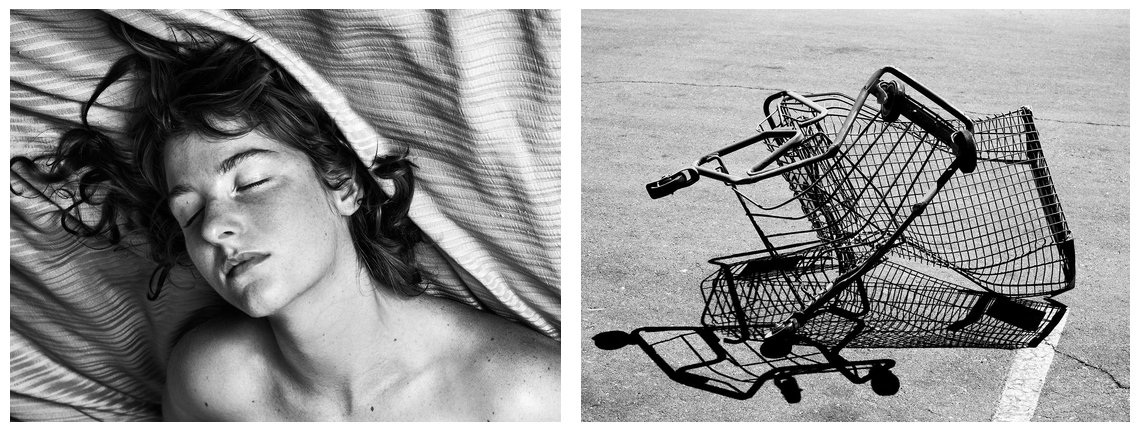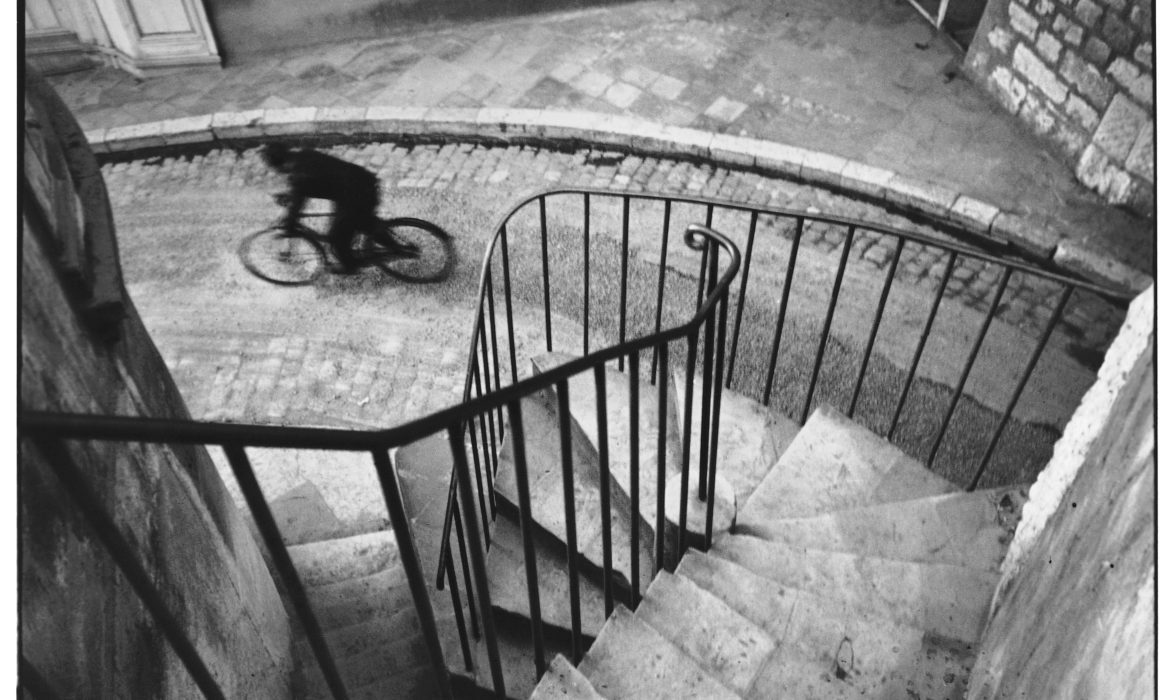What makes a great photograph?
A great photograph is an experience. It is seeing the image and feeling in love, amazed, inspired. It is the perfect alignment of light, lines and perspective that opens a myriad of doors; time travel, instant travel, dreams and imagination, connection, memories, nostalgia and even liberation. How does this work?
1. Philosophical / universal
The photograph resonates with something deep inside you, a truth you weren’t able to express before but somehow knew was there and knew to be true. The fact that this inner truth is now visible in the outside world by means of the photograp;
1) makes your inner and outer world connected creating a sense of freedom (that which has been expressed no longer has to be carried around) and of being seen (the outside world has confirmed what you felt inside) and;
2) makes it possible to now share that inner truth by sharing the photograph with others.
Lovers by Nuri Bilge Ceylan
2. Transcendent memories in the individual experience
The photograph resonates with a memory, but not those memories you can recount, not the ones stored with words. More those memories that are physical, such as a scent, the light at a particular time, the sound of crickets on a hot summer day and makes us feel through such tiny a detail the indescribable essence of our short human existence.
Gergory Halpern / Magnum Photos
3. Travel
The photograph allows you to imagine what it must have been like to be there at that moment during such and such event. This is mostly the case for documentary, photojournalistic and landscape photography. It allows you to travel without moving an inch.
For historical photographs, it can even make you time travel. The works displayed at the Albert Kahn museum in Paris are a perfect example. The fact that they are autochromes larger than any modern day censor makes them relatively detailed, especially for images over a century old. When contemplating them you are instantly transported to the time and place they were taken.
Photographs: Alex Web and Paul Castelnau / Musée Albert Kahn
4. Educational
The photograph changes your perspective on something you thought you knew inside out. The easiest examples of this can be found in macro photography. The camera allows you to see in ways impossible to the eye. The placement of the camera allows us to enjoy perspectives otherwise unattainable.
Bill Brandt
Alex Prager
5. Intertextual
The photograph reminds us of something we’ve seen before; our individual worlds are built up from past experiences and from images we’ve seen before. By referencing one movie scene we saw, a book we read, or a song that we used to listen to, we increase the meaning of the photograph and our experience of it with all that additional context. It allows for the connection and enjoyment of multiple memories all at once via the photograph. In literature this technique is called intertextuality.
David Lachapelle
6. Desire
The photograph makes us dream or desire; life is all about missed opportunities, because we refused to take decisions or because we took the wrong ones. Many a photograph can appease the pain by letting the viewer experience ‘what could have been if’, via his imagination and thus save a little bit of the opportunities lost.
Raymond Depardon
Lucien Clergue
7. Representation / symbolism
The photograph symbolizes a moment that we’ve collectively or individually attributed a great amount of importance to.
Alberto Korda
Jim Fitzpatrick
8. Storytelling
The photograph tells us a compelling story. Humans love storytelling. Stories, like photographs, allow us to travel, to experience things without having been there when things unfolded. We love to talk endlessly about how a photograph came into existence; what happened the days before, what happened while taking the photograph, what happened afterwards, etc. Or even the story of the creator; who was he, why did he take photographs. By recounting these stories, we associate them with the image and the photograph thus no longer only carries what is being depicted but it also carries these stories.
Arnold Schwarzenegger’s trash photographed by Bruno Mouron and Pascal Rostain | Curated by Rhapsody Curated
9. Series / combinations
The photograph becomes meaningful in combination with another image. This is often the case with series. The photographs derive a part of their meaning through their relationship with the other images in the series. Another example of a photograph becoming meaningful mainly or only through it’s juxtaposition to another image.
Self-portrait & Walmart by Robin de Puy
10. Aesthetics
The photograph reminds you of the mathematical truth that underpins beauty; anyone who’s played an instrument will know that the distance between two notes determines whether something is beautiful or not. The same applies to the space between lines in a composition, to colour and tonal ranges etc. I think these are inescapable because they define our human anatomy as well as the architecture of the natural world we are a part of. Aesthetics is simply the external projection of our internal makeup. Aesthetics is the third ingredient in addition to light and time needed to create a decent photograph.

















